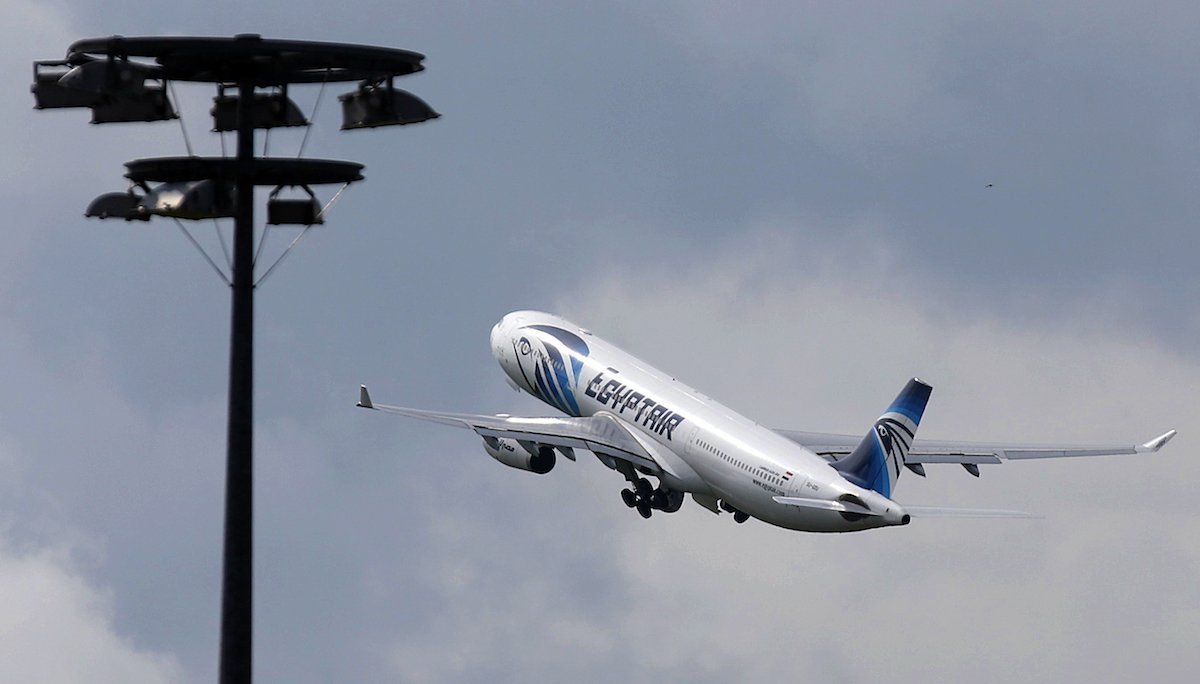Egypt said on Friday its navy had found human remains, wreckage and the personal belongings of passengers floating in the Mediterranean, the first confirmation that an EgyptAir jet with 66 people on board had plunged into the sea.

Unconfirmed reports about flight data from the Airbus plane that disappeared while flying from Paris to Cairo in the early hours of Thursday local time pointed to several problems that its veteran pilot may have struggled with minutes before the crash.
What We Know So Far
- Personal belongings and parts of the Airbus A320 were spotted by teams searching the sea off Egypt’s northern coast about 290 kilometres (180 miles) from the city of Alexandria, the military said.
- Kammenos said the teams, which include multinational aircraft and ships, had found “a body part, two seats and one or more items of luggage”.
- Although early suspicion centered on Islamist militants who blew up another airliner over Egypt seven months ago, no group had claimed responsibility more than 36 hours after the disappearance of flight MS804, an Airbus A320.
- CNN reported on Friday that flight data, from an automatic system called the Aircraft Communications Addressing and Reporting System (ACARS), said smoke alerts were triggered aboard the EgyptAir jet shortly before it crashed.
- A screen grab of the flight data transmitted by ACARS to operators on the ground, published on the website of the aviation journal AVHerald.com, indicated failures in the jet’s flight control system and alerts related to smoke in a lavatory and the avionics system, minutes before the crash.
- The screen grab provided on the website showed only very terse messages sent from the aircraft, such as “SMOKE LAVATORY SMOKE,” “AVIONICS SMOKE” and “F/CTRL SEC 3 FAULT.” (Data is yet to be confirmed by US and Egypt)
- The plane vanished just as it was moving from Greek to Egyptian airspace control. Greek Defense Minister Panos Kammenos said it had swerved radically and plunged from 37,000 feet to 15,000 before vanishing from Greek radar screens.
- Officials from a number of U.S. agencies told Reuters that a U.S. review of satellite imagery so far had not produced any signs of an explosion. They said the United States had not ruled out any possible causes for the crash, including mechanical failure, terrorism or a deliberate act by the pilot or crew.
Top picks for you

















